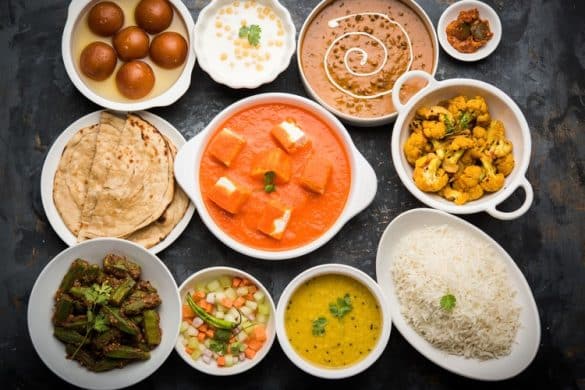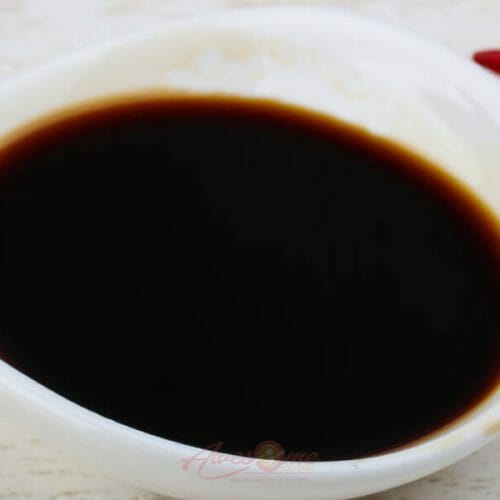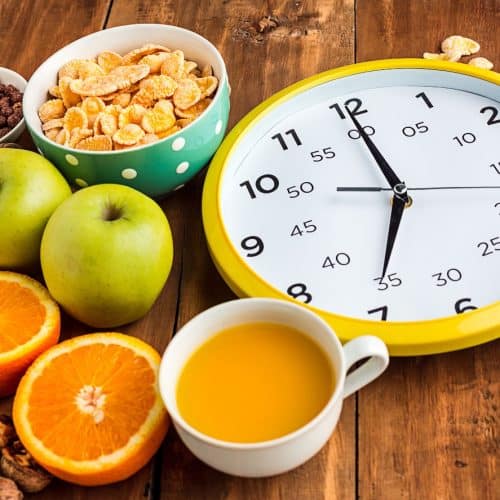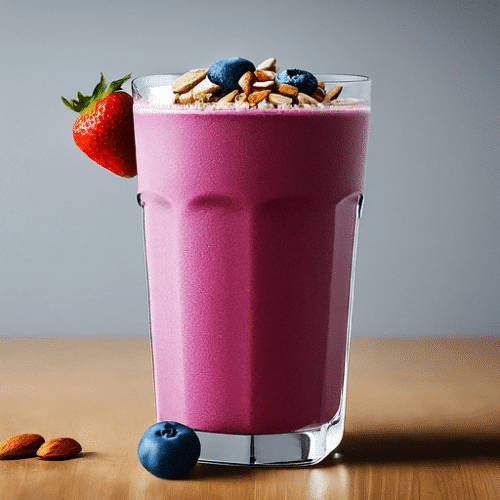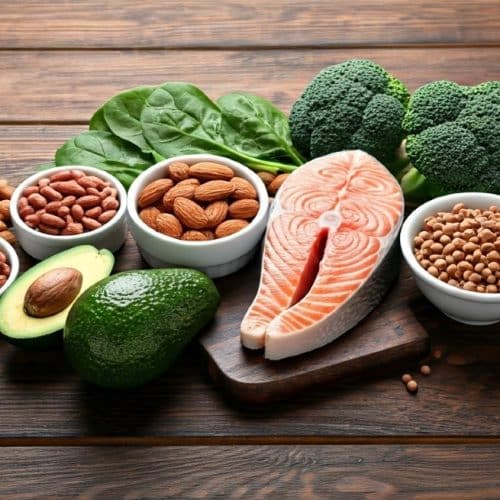Champagne is undoubtedly the classiest drink on planet earth, and is just the thing for every celebration. Champagne was initially a royal drink, served at the anointment of French kings. Soon it became associated with connoisseurs and was regarded as the best sparkling wine as far back as the 17th century. There is no surprise then that the love affair between those with money, riches and power and champagne continues to date.
The best champagnes are made from primary grapes like the Pinot noir, Pinot Munier and Chardonnay. These champagnes are the best and extremely expensive. Over the centuries the champagne has maintained its status of being a luxury and the connoisseur’s delight. It spells of grandiose and lavishness. Champagne is the best sparkling wine there is and it gets its name from Champagne in France, where it was originally produced. The wine is made from grapes grown in that region. There is a particular process of fermentation and carbonization that is followed in the making of champagne which gives it its characteristic taste and bubbles. It is because of the distinctive bubbles that champagne is also called bubbly.
Why does champagne always have thousands of tiny bubbles rising from the bottom of the glass each time it is poured? The bubbles in champagne are a result of carbonization. This is no ordinary carbonization, the kind you can find in aerated drinks. There are long drawn processes that cause the carbonization in champagne. Without the bubbles caused by carbonization champagne is just like any other wine. It is the addition of bubbles in the wine converts it into champagne or sparkling wine.
There are three methods involved in adding bubbles into champagne. Here is a look at them –
Méthode Champenoise or Méthode Traditionelle
Méthode Champenoise is the conventional method used in making champagne. It has been in use for centuries and is the oldest method used in preparation of this wonderful and expensive wine. It is a lengthy process but it is this that gives the wine its characteristic uniqueness. This is the only method still used for making champagne in Champagne, France.
The process involves fermentation of prime grapes for making wine. Once the fermentation takes place sugar and yeast are added to the wine, this initiates fermentation yet again. When this happens the bottles are capped and placed on racks where they remain for approximately 15 months. After the bottles finish sitting on the racks for over a year, they are gently turned into a vertical position with the tops facing downwards. This enables the residue created during fermentation to move towards the neck of the bottles. After a few days the residue settles close to the neck of the bottles. The necks are then put through a process of quick freezing, which leads to the hardening of the residue. The caps on the bottles are then released and the frozen residue pops out of the bottles. The wine and sugar combination is quickly transferred into fresh bottles and corked immediately. The bottles are again placed on racks where they remain for several months or maybe years, before they are ready. It is this fermentation process that causes bubbles in the champagne that continue rising long after the champagne is opened and poured into goblets.
Charmat or Curve Close
This is yet another method of creating bubbles in champagne. It is referred to as the tank method in laymen’s term. In this process the wine is placed in large pressurized tanks and yeast and sugar is added to it. This process is faster, but not really the authentic procedure. The bubbles form faster as the wine is placed inside high pressure tanks. Once the bubbles are formed the wine is quickly transferred into bottles and sealed. Champagne prepared with this method is much cheaper than its original cousin.
Bicycle Pump Process
This is perhaps the easiest method that exists for creating bubbles in the bubbly. Carbon dioxide is pumped into wine, which is then quickly bottled. This is the same process as the one used in manufacturing aerated drinks. This is the cheapest kind of champagne available in the market.






